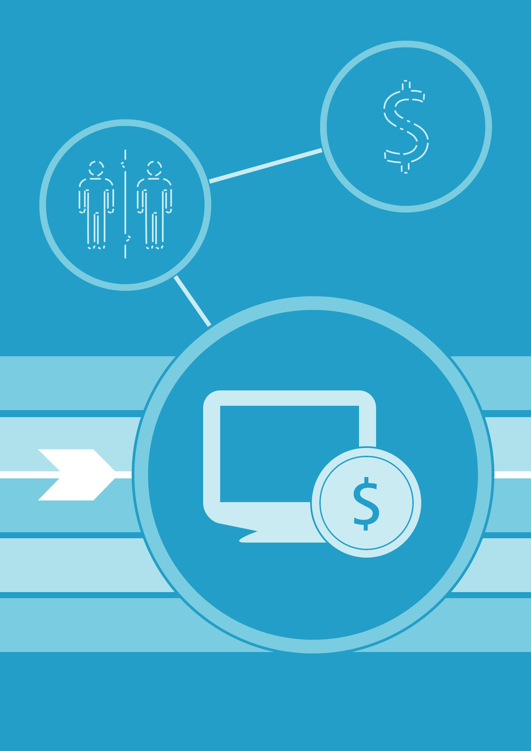34

The Future of Exchanging Value Cryptocurrencies and the trust economy 35
If the future of payments rests in finding technological Showrooming
solutions that streamline existing processes and make
Consumers, rather than merchants, now decide
them more secure, this assumes the only forces shaping when and where they pay. Thanks to the
payments – how we exchange value – are technological.
emergence of ubiquitous mobile digital
However, as we have already shown, social forces
communications. Consumers also seem to
also shape technology. Technology has
prefer to pay somewhere other than at the till.
streamlined the payment process and is
enabling us to find new approaches to paying for
Technology that enables someone to browse a web
and consuming the things we want.
store from the comfort of the couch also enables
them to browse the same web store from the aisles
Ritty’s Incorruptible Cashier enshrined in technology
of a bricks-and-mortar competitor. A consumer can
the idea that payments would happen at a point of sale, just as easily research a product and compare
somewhere secure where merchant and customer could
prices on a competitor’s website as they can inspect
exchange value, swapping goods for currency. The NFC
the physical merchandise on the shelf in front of
tap-and-wave point of sale is the best current expression them. This trend is cal ed ‘showrooming’, as the
of this paradigm, removing nearly all the friction from the customer is using the bricks-and-mortar store as a
transaction other than the need to tally the goods and showroom for the web competitor.
acknowledge the exchange of value.
Showrooming is putting pressure on the margins of
Smartphones and ubiquitous networks create solutions
traditional retailers as they struggle to compete with that shift the payment away from the place where the
online retailers that inherently have lower costs.
goods are handed over by allowing us to transform
Consumers are still researching their purchases –
products into value-added services. Purchases at the
from books through to clothing and expensive bikes –
point of sale are converted to subscriptions billed
which can include wanting to hold the product, try it
separately on a regular schedule. They also allow
on, or kick its tyres (should there be any). However,
commercial interactions with customers at a time or place customers are making the purchase online from web-away from the conventional point of sale.
only businesses that charge less.
Cost is not the only driver of these purchasing
decisions. In some instances, a mobile purchase may
be more convenient, even if the consumer is standing
in the middle of the bricks-and-mortar store.




